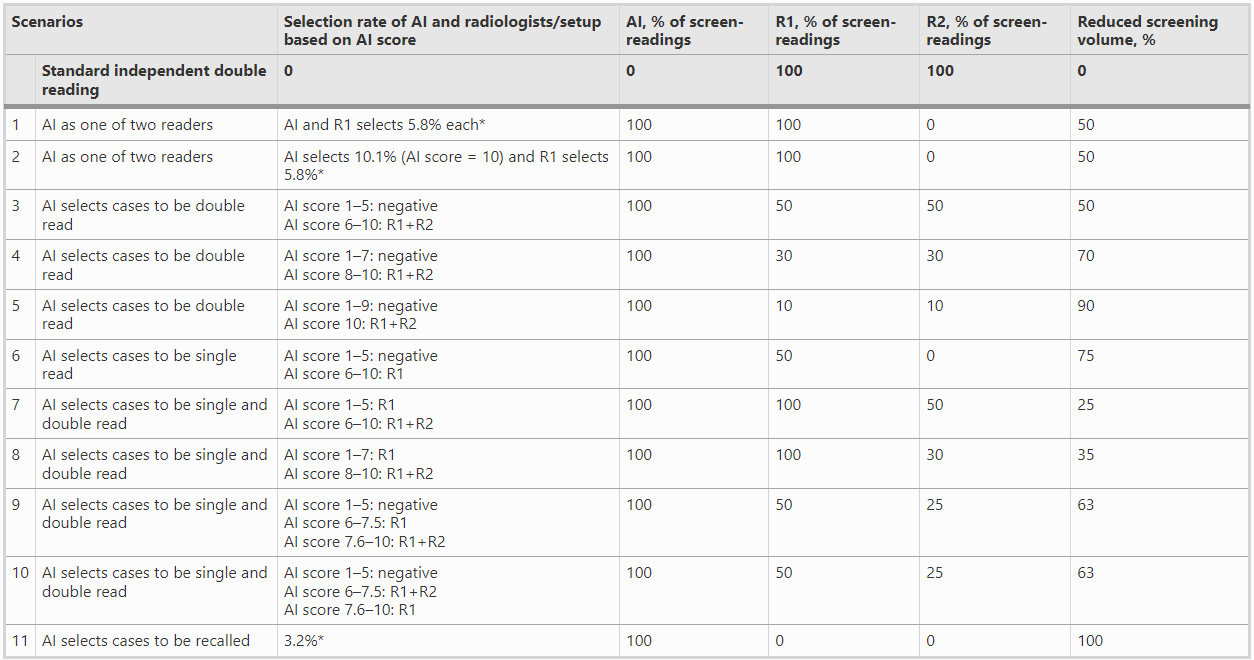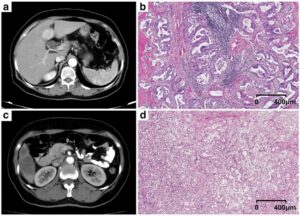After publishing the overall performance results of an AI system in Radiology (Artificial Intelligence Evaluation of 122,969 Mammography Examinations from a Population-based Screening Program), we explored different possible strategies for using AI in the screen-reading of mammograms. We presented estimated cancer detection rates for 11 different possible ways of implementing AI mammography screening. However, with different thresholds for selecting cases and other AI risk scores, numerous other scenarios exist.
With this paper, we wanted to make readers more aware of possible set-ups of AI and radiologists in screen-reading. Based on estimated cancer detection rates, a replacement scenario – women are recalled only based on AI score – is not a reasonable set-up, but in terms of triaging examination different set-ups show promising results. We believe that it is difficult to decide what lower cancer detection rate can be accepted as a trade-off for a substantially reduced screen-reading volume, but we hope that the results from this study can help inform the discussion.
Key points
- Different scenarios using artificial intelligence in combination with radiologists could reduce the screen-reading volume by 50% and result in a rate of screen-detected cancer ranging from 0.59% to 0.60%, compared to 0.61% after standard independent double reading
- The use of artificial intelligence in combination with radiologists has the potential to identify negative screening examinations with high precision in mammographic screening and to reduce the rate of interval cancer
Authors: Marthe Larsen, Camilla F. Aglen, Solveig R. Hoff, Håkon Lund-Hanssen & Solveig Hofvind













